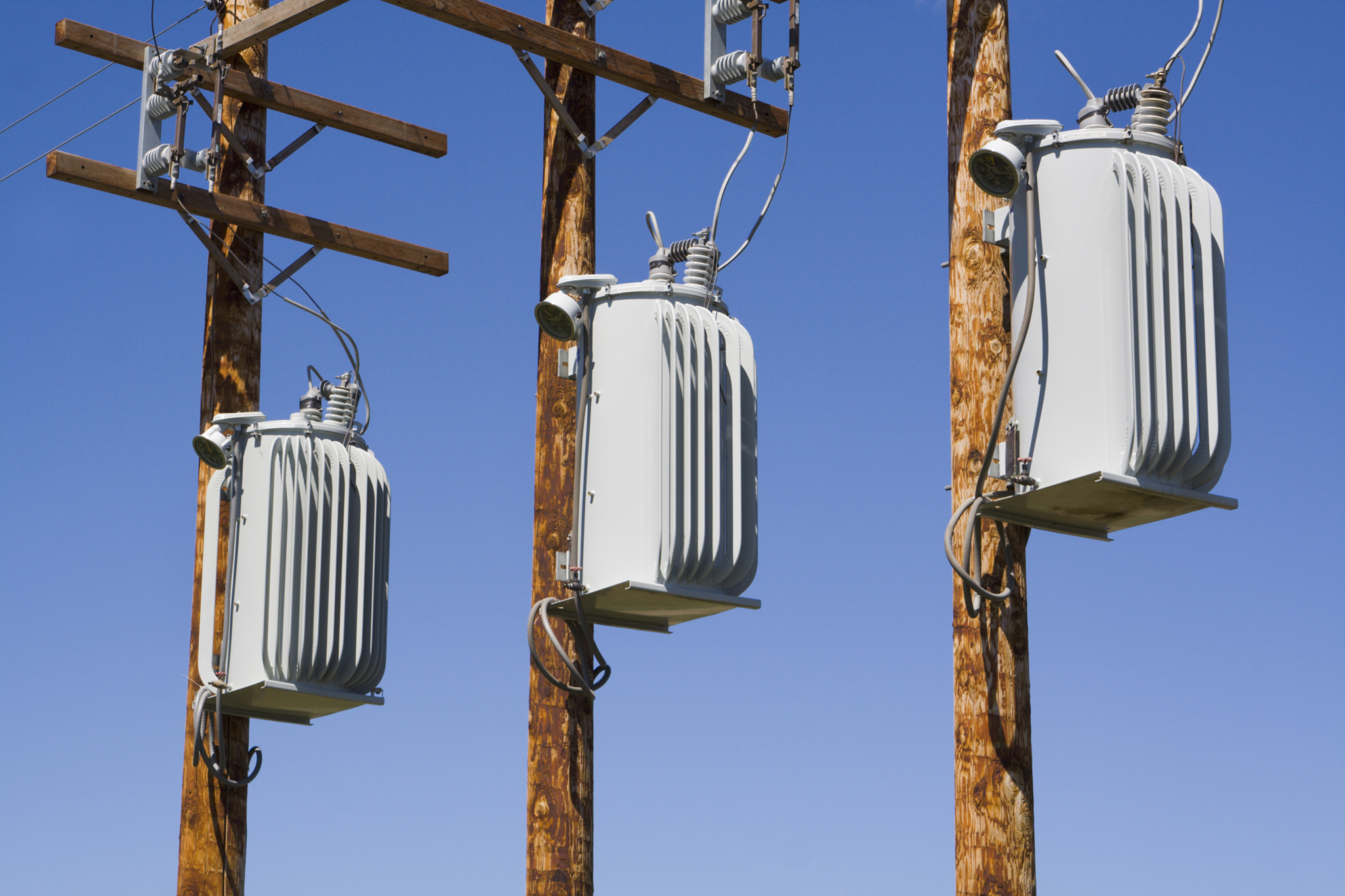
But a bipartisan bill aims to fix the rule and stabilize domestic transformer manufacturing.
Distribution transformers are an essential part of our modern electrical grid, performing the final voltage transformation needed to carry electricity from the distribution grid to our homes and businesses. They’re mounted on utility poles or locked in steel cases somewhere near you right now, keeping your lights on. But a new Department of Energy rule could jeopardize our electrical grid’s reliability and create backlogs of two or more years for new distribution transformers.
In December 2022, the Department of Energy (DOE) published a proposed rule that would require all distribution transformers to shift from industry standard grain oriented electrical steel (GOES) cores to amorphous steel cores for a marginal increase in energy efficiency. The change would come at the cost of our electrical grid’s dependability and chip away at our American manufacturing base.
Currently, more than 95% of the domestic transformer market and manufacturers’ production lines are tooled for GOES designs. Already, the transformer manufacturing industry is struggling to meet significant demand increases and grappling with continued supply chain snarls for transformer components.
Should the DOE rule go into effect in 2027, there is only one small domestic producer of amorphous steel in the United States that can provide materials for the transformers, and its production relies on imported foreign substrates. The vast majority of amorphous steel is produced offshore, meaning that our nation’s electrical grids will depend on foreign suppliers.
“Any outcome that would make the grid reliant on Amorphous Metal that is either imported or produced from imported ingots would be disastrous for the United States,” Cleveland-Cliffs President and CEO Lourenco Goncalves said, highlighting that the reliability of America’s electric grid supply chain is a national and economic security imperative.
It’s estimated that shifting supply chains to meet the DOE amorphous steel standard would lead to a minimum manufacturing production delay of 18 months to two years. Meanwhile, the transformer manufacturing industry is already experiencing delays due to supply chain shortages.
There is an alternative to the DOE’s proposed rule that still moves the industry to modernize. Sens. Sherrod Brown (D-Ohio) and Ted Cruz (R-Texas) introduced the Distribution Transformer Efficiency & Supply Chain Reliability Act of 2024 on Jan. 18. If passed, the legislation would block the DOE rule from taking effect and create new energy efficiency standards at levels that would preserve market opportunities for GOES and amorphous steel.
“This time of year, Ohioans know all too well how important reliable electricity is. When storms knock out transformers and power lines, it takes too many communities too long to get the power back on,” Brown said. “Transformers are crucial to our electric grid, and too many power companies and co-ops are forced to wait too long to get new transformers when they stop working. A reliable supply of efficient transformers, made with American materials, is critical to keeping the power on and keeping energy costs under control for Ohioans.”
“The Department of Energy’s proposed rule is a misguided effort to improve efficiency,” Cruz said. “We all agree that efficient energy is a good thing that benefits consumers, but by effectively forcing the distribution transformer industry to change the type of steel it uses almost overnight, DOE’s rule would actually jeopardize electricity distribution for millions of Texans and Americans, with potentially disastrous results during extreme weather.”
The DOE is expected to finalize its proposed rule for distribution transformers this spring.
